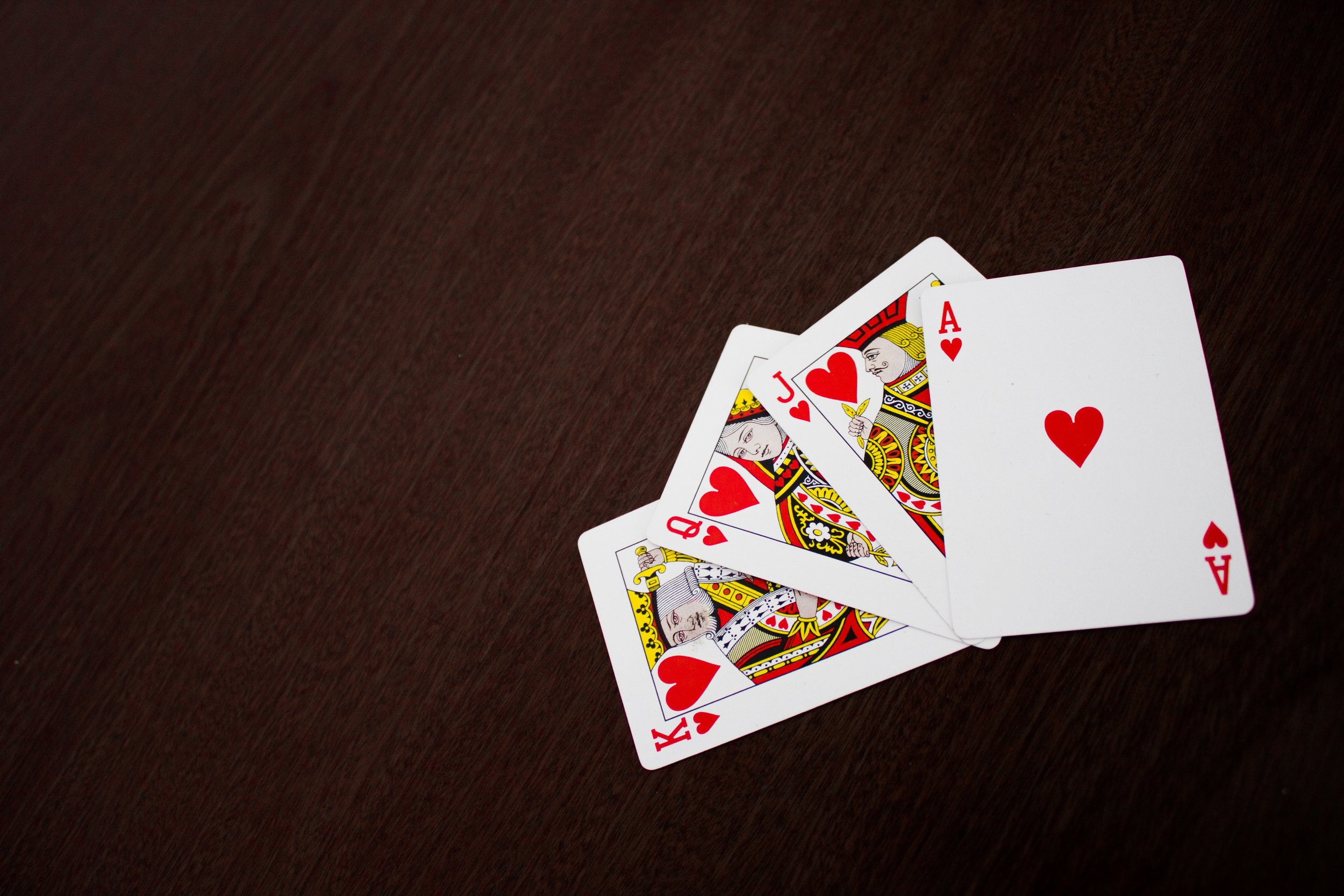WHY BINARY RISK MANAGEMENT RULES MAKE NO SENSE
Here’s a quick lesson in risk management: You must always have an exit plan before you make a trade. By using a Stop-Loss function, you can limit the downside if you happen to be wrong. Stop-loss function automatically exits the position if some specified price level is reached.
If your original trade idea is no longer valid; with a Stop-Loss you know exactly how much you will lose since the position size and Stop-loss price is calculated before you make a trade.
Every single trade generated by DARA app will have a stop-loss price. If this price is reached the trade is no longer considered valid and is automatically closed for a predetermined loss.
You have 4 options to choose from:
Fixed $ risk
% risk on the account
Lot risk
Dynamic % risk
With the dollar risk mode, each trade is placed with the same risk of loss in dollar terms – a monetary value. For example, you risk $100 on each trade. If the trade is unsuccessful your loss is capped* at $100. For the purposes of this example, I’m using dollars, but the “$ risk” will always be the currency in which your trading account is funded. If your trading account is in GBP, then the position size will be calculated for GBP
In the second option, the % risk on the account, you risk a fixed percentage of your trading account. For example, if you have €20,000 in your trading account and you opt for risking 1%, the risk on the trade is limited to €200 (1% of €20,000).
The third option, Lot risk, uses fixed lot sizes per trade (1lot=100,000 of the base currency.) Only use this mode for testing purposes. Using lot mode for real trading makes no sense as lot size should be adjusted for each trade based on the Stop Loss size.
And finally, dynamic risk – the secret ingredient for professional traders, which I highly encourage everyone to use. Here is why:
Risk should not be binary.
Imagine you’re playing Texas Holdem poker. For this analogy, it doesn’t matter if you’re familiar with the rules. At the start of the game you're dealt two cards. You then decide whether to play, and how much to bet.
A smart poker player will modify their betting strategy depending how strong his hand is and how others are betting and playing. If you would bet the same amount (or the same percentage of your total poker chips) on each hand, you would be a very weak player (a ‘fish’) – easy pickings for more experienced players.
Similarly, beginner traders often fail to use proper risk management. Sadly, they don't take the next step; they stick to binary risk, where they risk a fixed amount of money or percent of their account on every single trade. This is missing out on a huge opportunity.
The amount that you risk on each trade is a critical part of your trading and can make or break an entire strategy. Risking the same amount on each trade makes no sense because each trade is placed at different times in the market, different time frames, different patterns, with a different level of confidence and potential payoff. The risk you take on your trades must be adjusted to how confident you are about the trade and how well this type of trades performed in the past. The dynamic risk option allows you to do this.
The risk placed on your trades with dynamic risk mode uses this formula:
% Risk of account = Trade expectancy * Risk multiplier.
The trade expectancy is calculated by our algorithms. You adjust the risk multiplier in the app.
For example, you receive a signal that has an expectancy of 0.35. With your risk multiplier of 2, this means that the risk on this trade will be 0.70% of your trading account. With signals of higher expectancy or in trades where you are more comfortable taking larger risks, our dynamic risk option allows for that. Using the dynamic risk mode lets you be more aggressive on trade signals that show best performance while being more cautious on the trade signals that are not as profitable.

